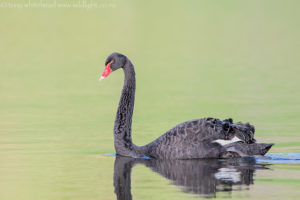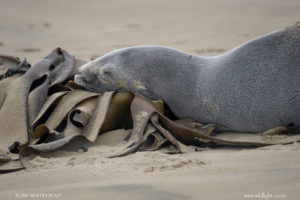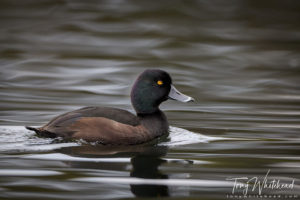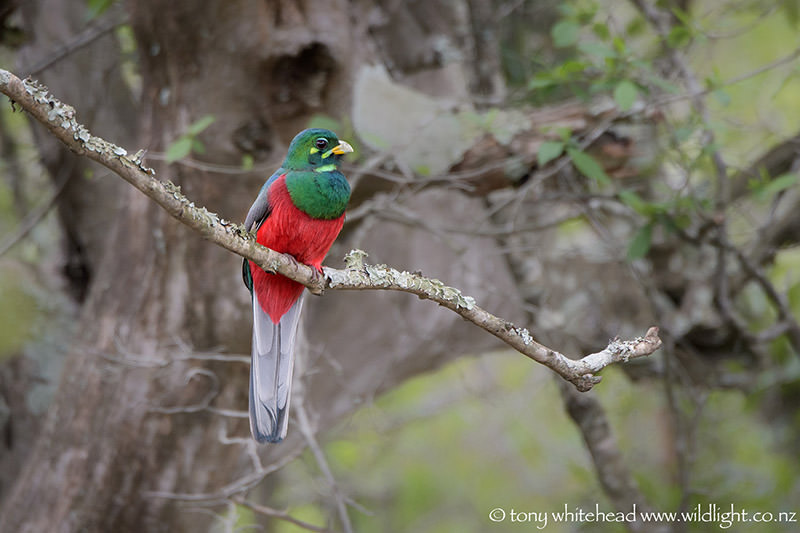
While the Nikon D5 announcement was anticipated, the Nikon D500 announced at the same time was a complete surprise. I have been using one for a couple of months now so can share my Nikon D500 initial impressions. As a long time Nikon user who had really enjoyed the D300 as a body for bird photography, I had given up on a new pro spec DX body. While Nikon had continued to offer good consumer DX bodies and had increased pixel count but they were severely crippled by small buffers which limited continuous shooting making them of little use for birds in flight. For a number of years my go to bodies were the D300 and D700, both with battery grips to give 8 frames per second and I really loved this combo as all the controls were the same and you could seamlessly move between DX and FX depending on working distance. I added a D3s which was great for the slightly higher frame rate and better AF but the change in control layout left me hankering after the D700. More latterly I have used the D800 and D810 as my main body as I have enjoyed the high resolution images with great dynamic range and more cropping headroom at the expense of frame rate. The D3s has been kept for the few times that I really need the higher frame rate or higher ISO. What really caught my eye with the D500 announcement was the new AF system with very wide coverage of the image area and the 10 fps frame rate even without a battery grip. These are the 2 things that have been limiting factors and, at times, frustrations when using the high resolution D800 and D810 full frame bodies for birds in flight.
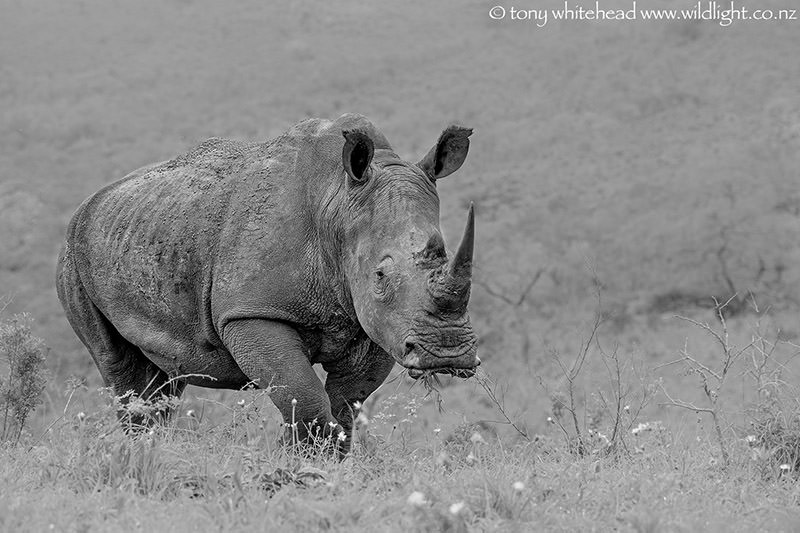
I didn’t rush into getting a D500 body as it seemed hard to justify a body that was likely to be a specialist tool for birds in flight that gave slightly higher resolution and slightly higher frame rate than the D810 in DX crop mode. One of the factors that nudged me was an upcoming trip to South Africa for a family event that would leave only a few limited opportunities for bird photography and didn’t justify travelling with a heavy complement of camera gear. My plan was to travel with a Fuji XT1 kit to cover focal length equivalent range of 15-300mm which was more than adequate for documenting the visit but was too short on the long end for any reasonable bird photography. Adding a Fuji 80-400mm lens would have given enough reach but the limitations of the XT1 for bird photography made spending funds on this option unjustifiable. Already having a Nikon 80-400mm lens made the D500 an attractive option to cover the end of the focal length range with a body ideal for bird photography that didn’t require the addition of a battery grip for maximum frame rate. ProGear had the best advertised price for a D500 and when I phoned to enquire about stock they asked if I was interested in a second hand one with only 700 shutter actuations which was an easy decision to make. When delivered it was in pristine condition but the setup got me wondering what the original purchaser had in mind as continuous AF had been disabled so that it wasn’t even selectable with the camera controls. I set my cameras up to use continuous AF but use the back focus button to completely separate focus from shutter release. With this setup I have access to continuous focus for subjects in motion or focus and recompose for static subjects.
Nikon D500 initial impressions were of a compact, solid but light body. Very much a mini-D5. The focus points cover almost the entire frame and the overall first impression in use is of speed. Very quick to acquire focus and tenacious in holding focus on moving subjects. The 10 fps frame rate is marginally faster than the 9 fps of the D3s but the buffer is massive and gives up to 200 RAW files when using an XQD card. I have occasionally filled the buffer on the D810 and D3s but cannot imagine a scenario where this would be an issue on the D500 unless using SD cards. Viewfinder blackout seems a little longer than on other pro spec Nikon bodies I have used but tracking a bird in flight and keeping an AF sensor on it is no problem. A dedicated ISO button on the right enables one-handed ISO adjustments and means that I again have a DX and FX body with largely matching controls as this feature is possible on the D810 by reprogramming the video record button to ISO. The downside is that the mode button has moved to the left side so needs 2 hands to change when it is a single hand operation on D810. I don’t find this an issue as with birds in flight I am almost always in manual mode and have no need to change modes at short notice. ISO and shutter speed are continually adjusted and can now both be addressed with one hand.
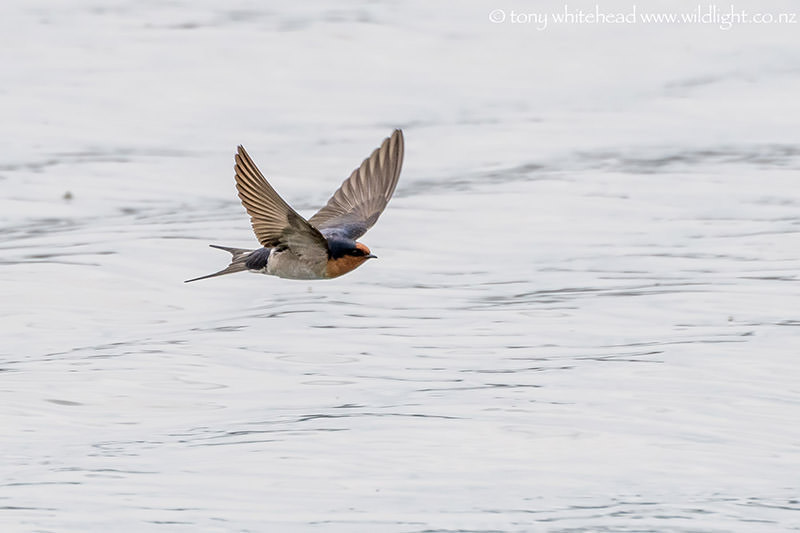
Paired with the Nikon 80-400mm lens the D500 is a light and well balanced combination and worked perfectly for my trip, fulfilling the role as hoped. It is very manoeuvrable and is the only combination that I have had any consistent success with when tracking erratically flying Welcome Swallows. Image quality is great with the 21 megapixel sensor placing more pixels on the subject than the D810 in DX crop mode. The trade-off is slightly higher noise but this is easily managed up to ISO 3200 so you give up about a stop compared to the full frame body. I have only in the past week had a chance to use it with the 500m f4 at Lake Okareka and was again impressed by the speed and accuracy of the AF. One sequence on a hunting Pied Stilt was especially impressive. The bird dashed across chasing a fish and the camera effortlessly tracked the action in sharp focus and gave me a sequence with every image precisely sharp and spoilt for choice. In this scenario usually there would be some images not quite tack sharp and some gaps in the action due to slower frame rate.
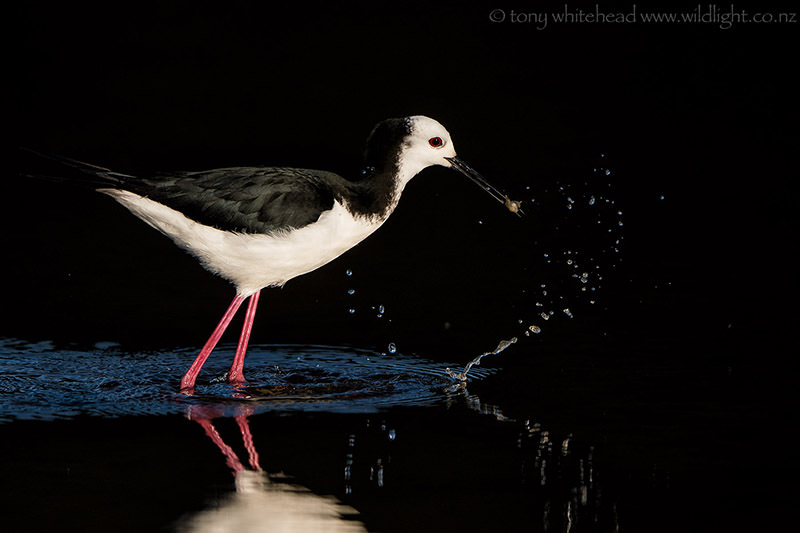
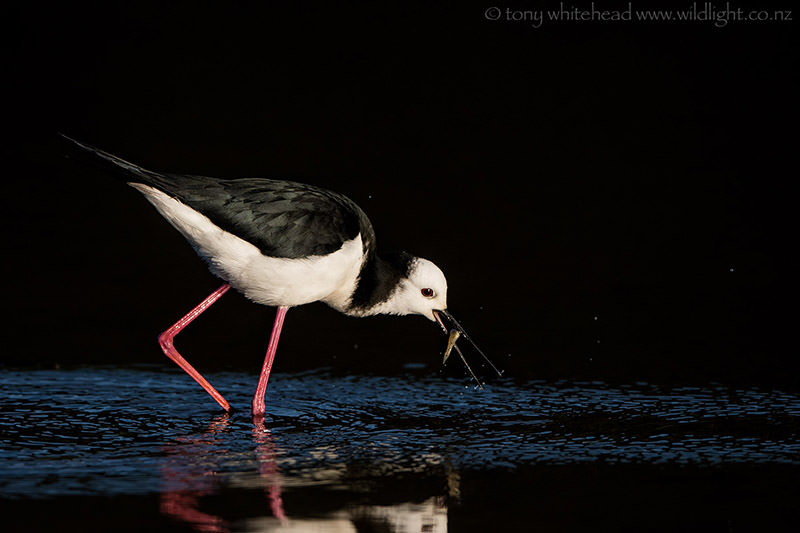
Paul has helped me make a couple of videos about the Nikon D500 which we have published on Youtube.
He did all the filming and editing very efficiently and we had uploadable videos soon after filming. Follow our WildlightTV channel for more videos as they are published.
One of my other reasons for getting the D500 was that Edin is currently on another expedition to the Subantarctic islands and I wanted her to have access to a newer technology body to use. She did fantastic work with the D300 and D700 combo last time but pelagic birds over rough seas from a moving deck isreally challenging and the newer technology should provide a better image yield. As it happens Nikon New Zealand have loaned her a Nikon D500 and 200-500 f5.6 zoom along with some binoculars so I still have my D500 even though she is away at Auckland Island as I write this. See her blog regarding her trip.
